
After giving 10 reasons why we love Android over iOS, it’s only fair that we examine some things that Apple has nailed on the iPhone. With that in mind, here are 10 reasons that iOS could be considered better than Android.
Variety is the spice of life, and even if we prefer Android, iOS has some commendable aspects that we envy. Over the past few years, the gulf between the two systems has become less pronounced. We often see features lifted directly from each side of the fence – or should that be “walled garden” in the case of iOS? Here are a few key components of Apple’s mobile operating system we admire from afar…
Table of contents
Video – 10 reasons iOS could be considered better than Android
Thanks to Casetify for sponsoring 9to5Google on YouTube!
Smaller product/device library
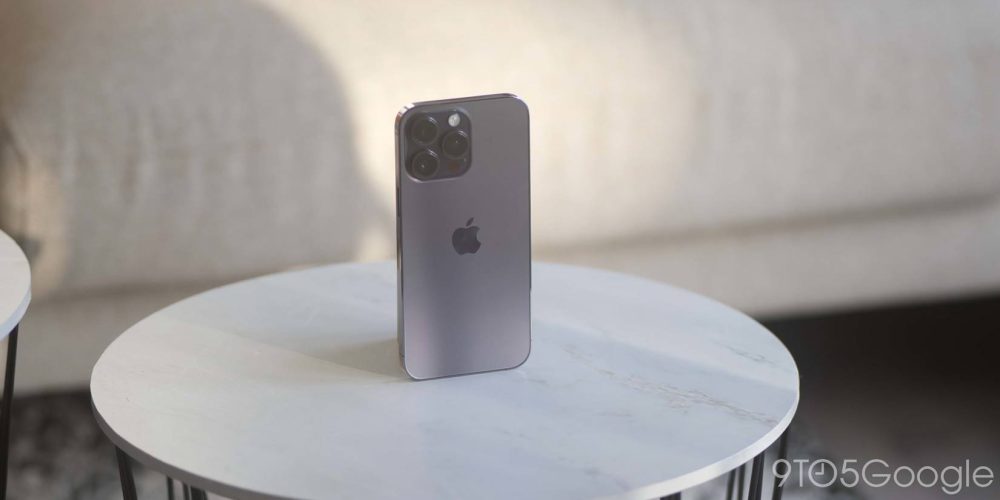
One of the best things about buying an Android is the undoubted wealth of choice that you have as a prospective buyer. There are hundreds of various form factors and extra functionality courtesy of all the designs and devices. Almost conversely, Apple offers only a limited number of smartphone models each year.
Not only does this make it easier to sell, but it’s also easier to choose if you don’t quite know what you want or need. We’re inclined to state that the strength of Android is in the sheer volume of form factors and options you can choose between, but it can be a curse for those who simply do not know what they require for a daily tech companion.
A refined product lineup is easier to market with only one affordable option — the iPhone SE — an entry-level flagship, plus Pro models available in various sizes. Apple has released just 34 smartphones running iOS since 2007. Samsung makes that in under two years. It’s easy to see that Apple hones and offers one major launch window per year.
Better-quality apps
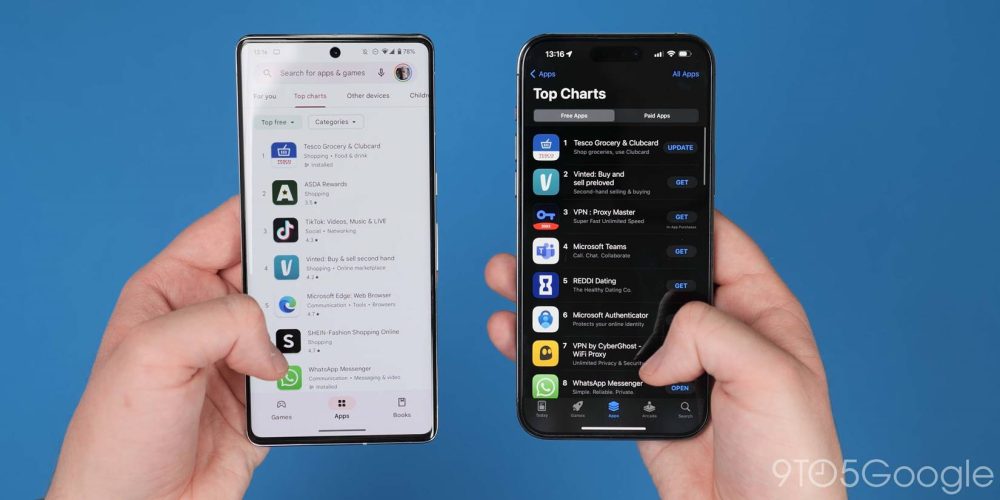
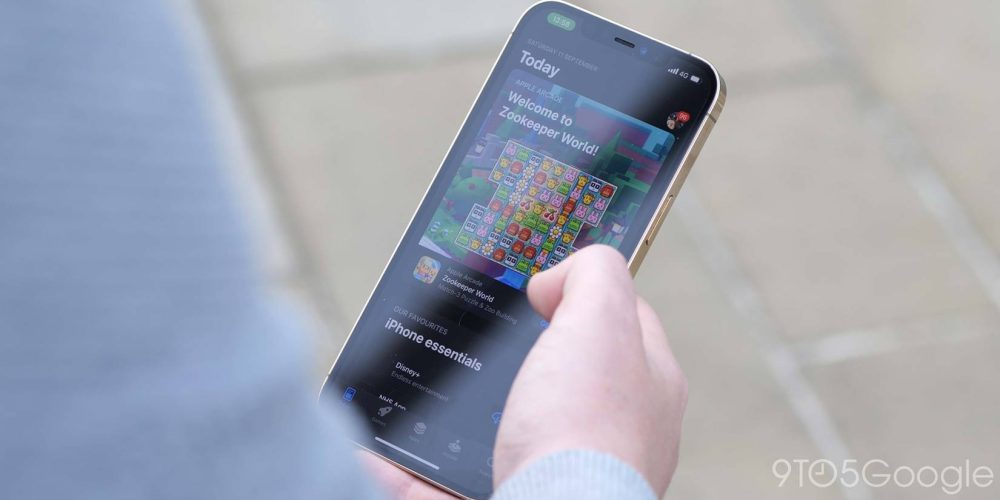
Often people point to the quality of iOS apps over their Android counterparts. While we’d vehemently contest this, we do know that many developers simply avoid or prefer developing for iPhone and iPad. The third-party app library is certainly more diverse on the App Store when compared directly to the Google Play Store.
It’s not uncommon to see applications abandoned on the Play Store but regularly updated on iOS. This is a great source of frustration for smaller apps, but even major social media apps like Twitter tend to test or add new functionality to iOS first, then Android way later down the line. You might not care, but it’s disappointing when we have to wait for features that iPhone and iPad users are enjoying first.
When we factor in games, most 3D titles simply perform better on iOS be that optimization or consistency. Fragmentation has been cited as a reason for development halting on several cross-platform apps including Moment’s Pro Camera app. Financially, developing for iOS is more lucrative too, which sadly means this problem could take a lot longer to address.
More frequent and longer updates
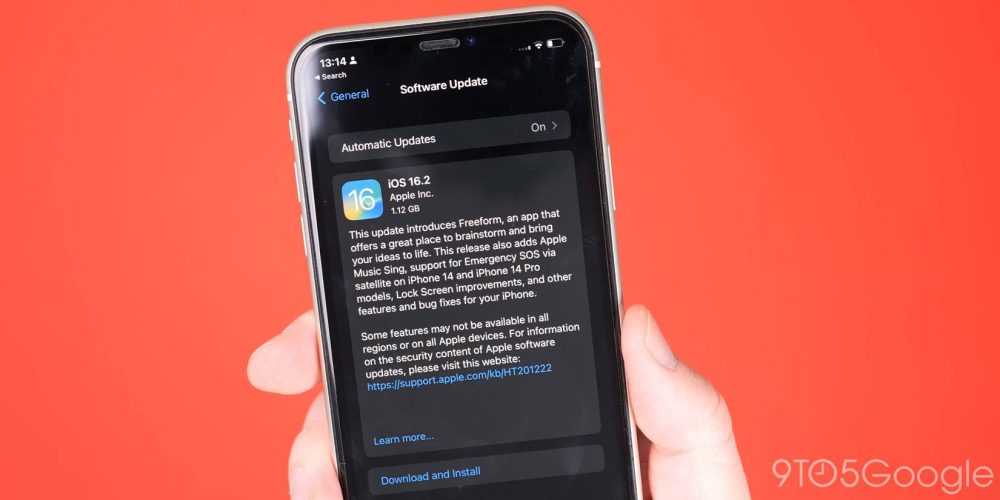
Over the past 18 months, there has been a great shift in the Android space with regard to system updates. If you didn’t know, each month Google offers regular bulletin updates that provide patches for known exploits. It’s up to Android OEMs to package these software fixes and push them to their respective devices.
Samsung leads the way by providing flagship phones like the Galaxy S22 series with up to five years of regular support. This includes four full Android system updates and five full years of regular monthly security patches. Google’s own update promise only offers three operating system updates but matches the five years of regular monthly patches.
That’s certainly impressive for Android, but it pales in comparison to Apple’s own iOS update promises. While there are no concrete plans, you’ll likely get updates for the better part of a decade no matter which handset you choose (or hold on to).
To put this into an even wider context, the iPhone 6S was still receiving updates up to iOS 15. A six-year-old device ran the latest OS while the Galaxy S7 released in the same year ceased receiving OS updates in 2018. That said, to Samsung’s credit the Korean firm did push regular security patches until March 2020 with one last update in October 2020.
Currently, the iPhone 8 series is still actively supported by Apple. No Android phone released in 2017 is “officially” supported by an OEM. There are exceptions on Android such as the Fairphone series, but for software and therefore device longevity, Apple reigns supreme.
Interoperability

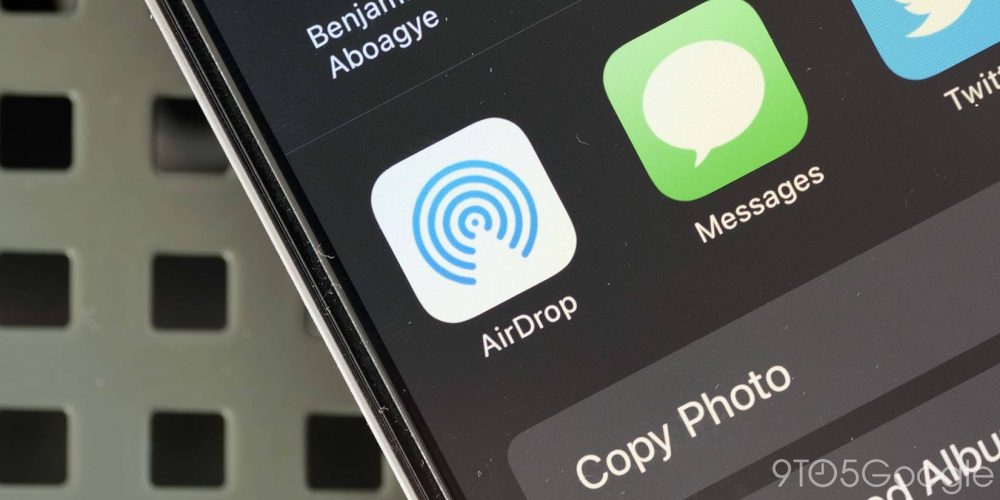
Functions like AirDrop and Hand-off help create cohesion between your smartphone and other devices like the iPad and Mac without any other software requirements. Google is working hard to offer alternatives like Nearby Share and Chrome offers the ability to pick up where you left off. These are great but lack the seamless consistency that you’ll find if you own multiple Apple devices.
It’s not limited to browser windows, and you can almost ditch your phone entirely when using a Mac as calls, selected Bluetooth accessories, messaging, and even in-app content is available across hardware without wires. This is like the Chromebook and Chrome OS cloud storage approach but on steroids. The downside is that if you heavily rely on one outside system, the experience can “break” given the Apple-only service requirement.
There are some benefits to a “walled garden” approach to tight software and hardware design, and this is something the Pixel lineup could mimic to great effect.
Raw performance
At present, not a single processor utilized by a flagship-level Android phone is able to match Apple’s A16 Bionic chip. The raw performance metrics are so heavily in favor of the internally developed chip that it’s almost unfair to compare Qualcomm, MediaTek, and Google’s best to Apple’s own processor efforts.
We’ve seen the gap close in recent years, but even attempts at “real-world speed tests” show that Apple’s processor bests the competition. Alongside the most powerful processor, on-device memory management is one of the core tenets of how iOS offers so much speed, but it does this with at most 6GB of LPDDR5 RAM. We can only hope that in time Android finally catches up and maybe even surpasses the unmatched power of Apple’s A-series chips.
No third-party bloatware
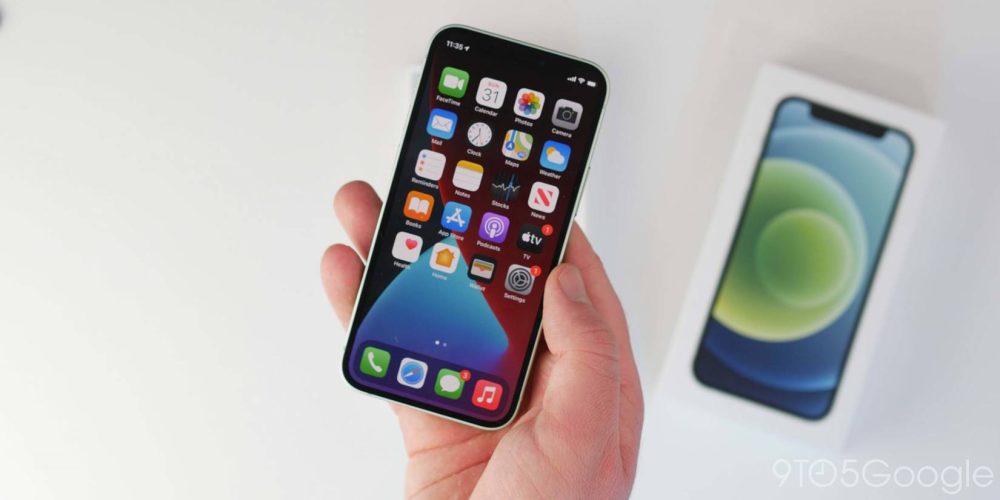
It’s hard to argue when people complain about third-party bloatware on many Android phones. Although Google offers bloat-free Pixel phones, even Samsung is guilty of adding apps and services that you might never use. Some of the biggest culprits are Chinese OEMs like Xiaomi and Oppo. Carrier-locked devices even come with some apps pre-installed on devices in some regions too.
iPhone — like the Pixel series — is devoid of any third-party bloatware. Sure, you would be well within your rights to claim that many of Apple’s own iOS apps are a little bit intrusive, but at least there’s no Facebook, Amazon or Netflix pre-installed when you set up for the first time like you’ll spot on many Android phones.
You could make the argument that these can be uninstalled right away. However, in the case of Android OEMs like OnePlus, you might have services like Alexa baked into the OS, which begs the question, where do bloatware apps and services end and system resources begin?
Battery life
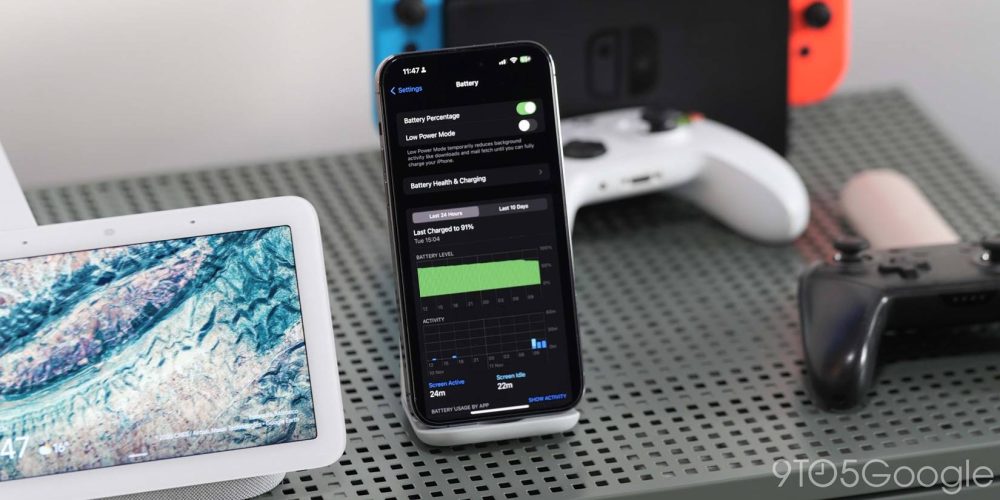
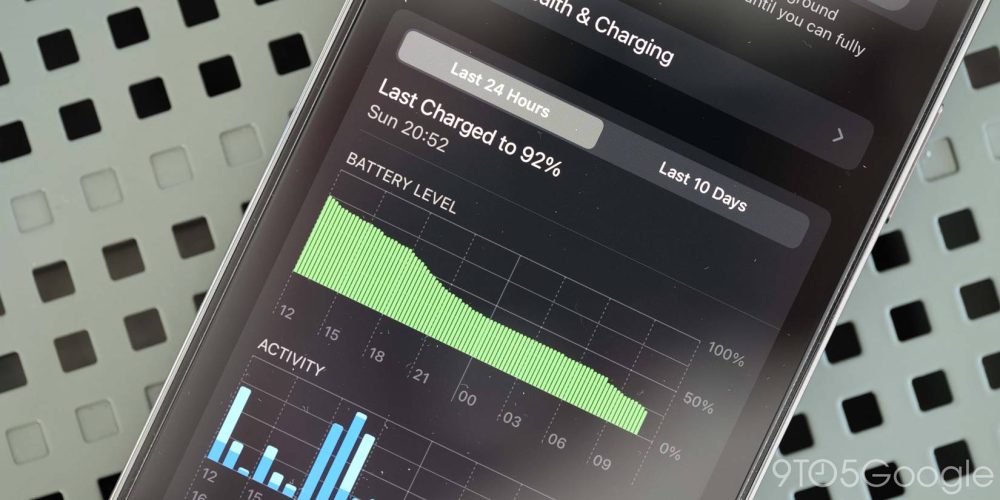
While we have a plethora of Android phones that you could consider “battery beasts,” iOS reigns supreme at the top end of the smartphone market. Whether it’s standby time or even when in use, Apple’s power management with smaller internal cells over comparable Android flagships is truly impressive.
Although technically discontinued via official channels, the iPhone 13 Pro Max is still one of the longest-lasting devices that you can go out and buy. This is a testament to both Apple’s internal chipset and software teams for making something that cohesively works for so long without inhibiting user functions.
Accessories

Apple’s own first-party accessories are pretty solid, but it’s the sheer volume of similarly high-quality third-party options from practically every brand you can think of that obliterate most alternatives for Android phones.
Most of this is driven by the potential profit margins, but recent additions like MagSafe show that even common accessories like charge cables and cases can level-up with simple changes. A quick glance at any online marketplace that sells smartphone accessories also shows just how much more choice there is for iPhone owners.
It’s certainly an unfair comparison but something that likely won’t change unless one brand dominates Android in a similar manner. Samsung might sell more units globally, but the accessory lineup for the latest Galaxy phone pales in comparison to the top-tier iPhone.
Design
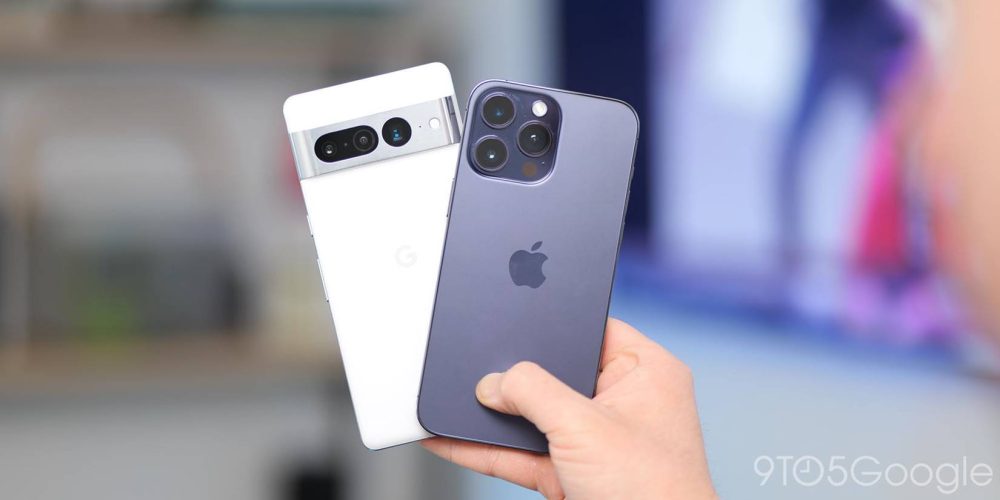
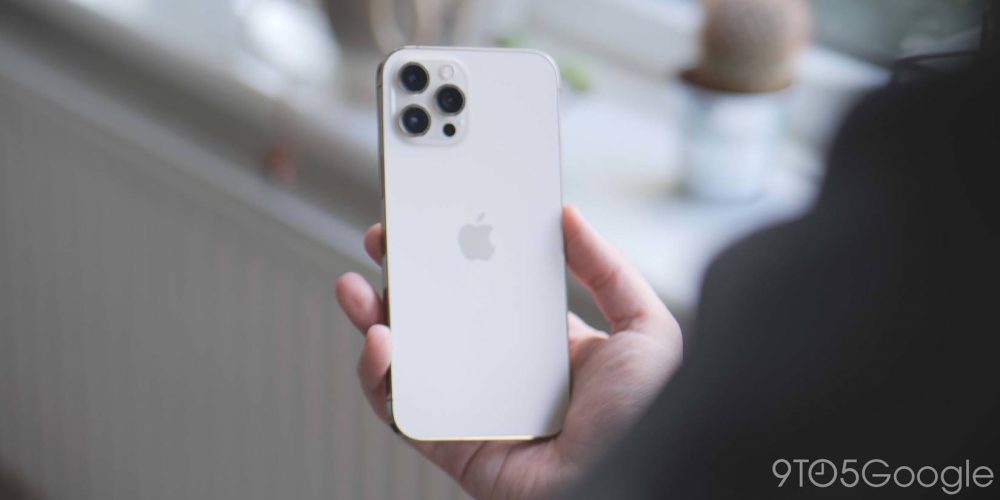
Another contentious inclusion is Apple’s hardware design choices. Personal preference is still a key component, and we can agree that not all iPhones look particularly attractive. That said the design is consistent and when Apple makes a change, the firm doubles down and owns it. We see numerous Android OEMs bend their own hardware to look similar or flat-out copy the iPhone lineup.
Restoring flat displays to the flagship lineups is one such design trait that we can certainly agree with. Curved phones may be nice to hold but that doesn’t always translate into improved usability. Apple also tends not to scrimp or cheap out on the iPhone lineup. Even if downgrades are made, the best possible components are used. A great example would be the LCD screens on the iPhone XR and iPhone 11, which although under 1080p were tuned to perfection and still looked sharp.
You could also equally make the claim that iPhone design is staid or unambitious when compared directly to the likes of Samsung, OnePlus, Oppo, and Xiaomi, which offer a multitude of form factors at even lower price points. That said, Apple’s hardware is very impressive even in a competitive space.
iMessage
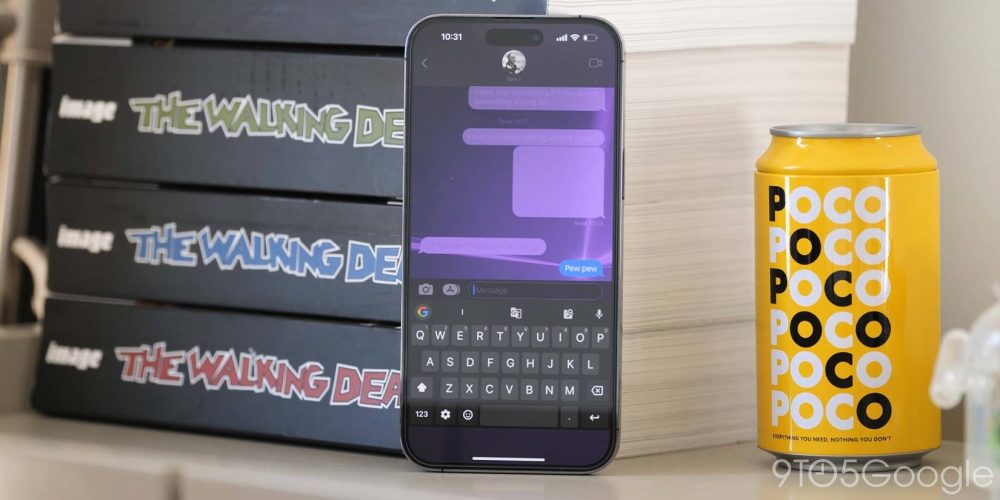
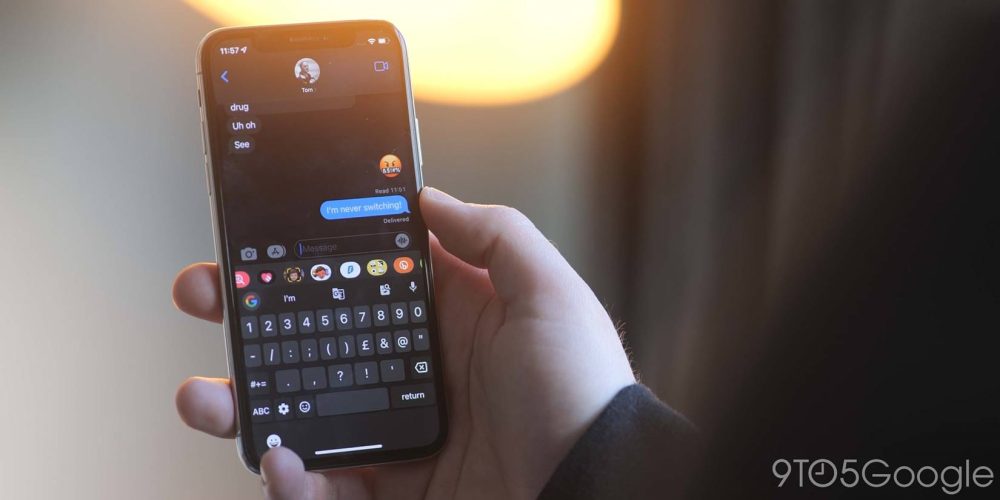
While certainly a cop-out, Apple’s excellent but closed messaging system is almost synonymous with instant messaging in many regions around the globe. Although it is almost always a US-specific complaint because iMessage is baked directly into the default SMS and messaging application giving iPhone a distinct advantage over all Android phones.
Sure, there are excellent third-party and cross-platform messaging options that offer much of the same functionality as iMessage, but if you’re in North America, getting friends and family to switch is often a nightmare. There’s a reason why this is one of the few services that Apple will likely never make available cross-platform.
The feature set is impressive too, with read receipts, typing indicators, direct payments, high-quality video, and image sharing, plus games playable within one-to-one or even group chats. That’s just the tip of the iceberg, too.
Of course, the Rich Communications Services (RCS) standard allows for many similar features within supported apps like Google Messages. Annoyingly these are incompatible with iMessage despite Google’s best efforts with the high-profile #GetTheMessage campaign. The fact that iMessage just works without needing to think about it or use another service is why iPhone users can be so reliant on it.
What Android can learn from iOS
Over the past decade, we’ve seen a lot of functionality adopted on both sides of the iOS-Android divide. Making the jump from one mobile operating system to the other is easier than it ever has been, which is only a good thing. We want to ask you what you think Android can learn from iOS to improve and continue to offer as an alternative. Let us know down in the comments section below.
FTC: We use income earning auto affiliate links. More.



Comments